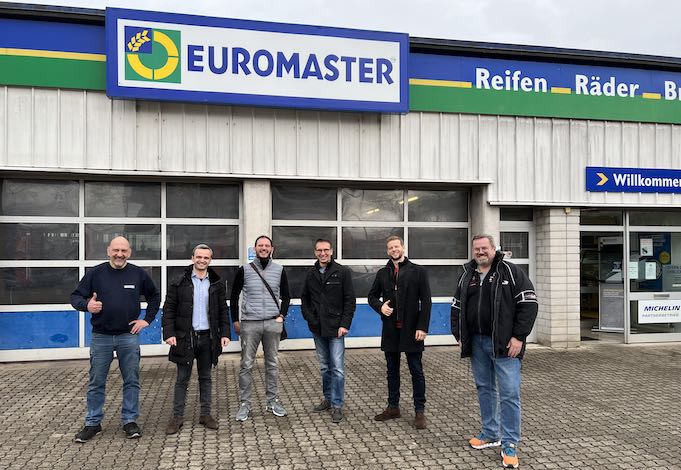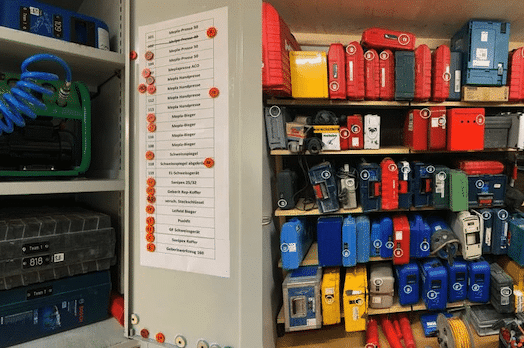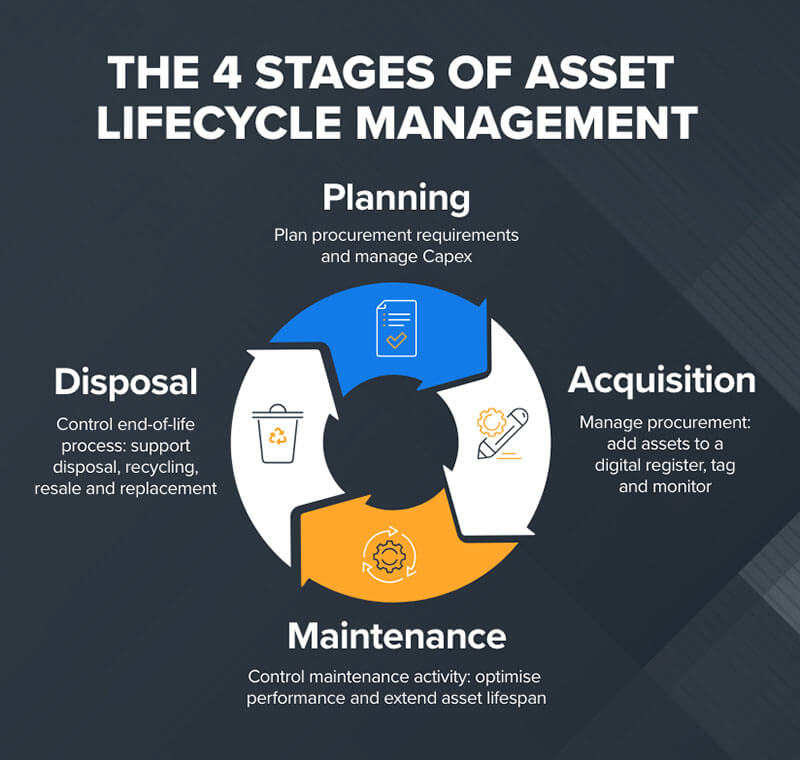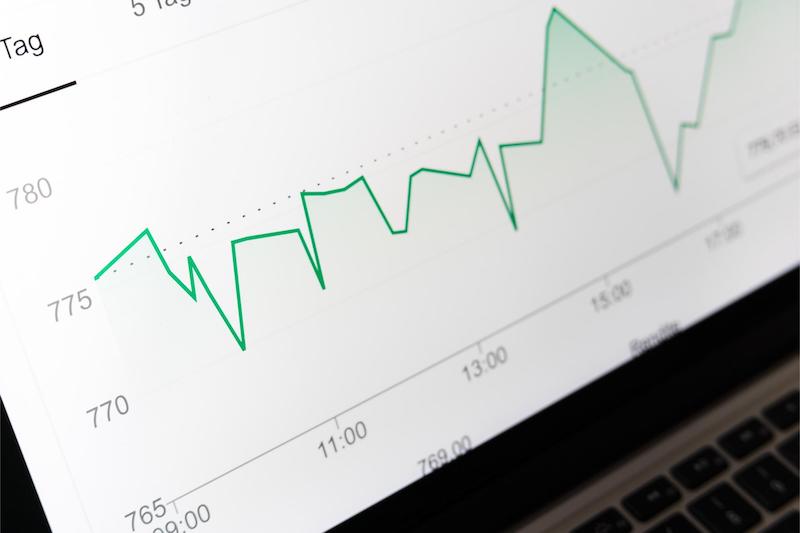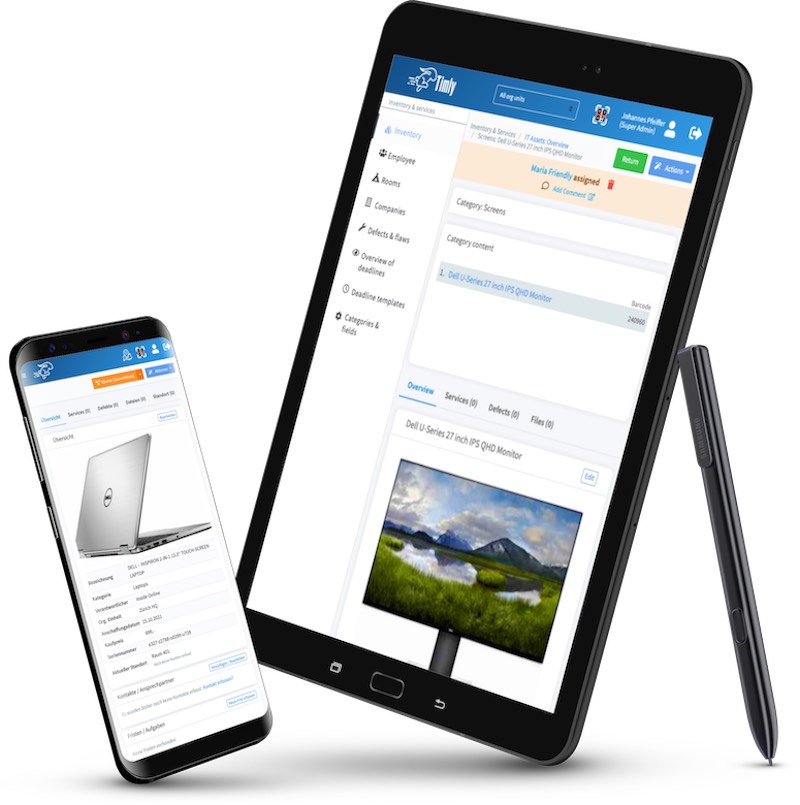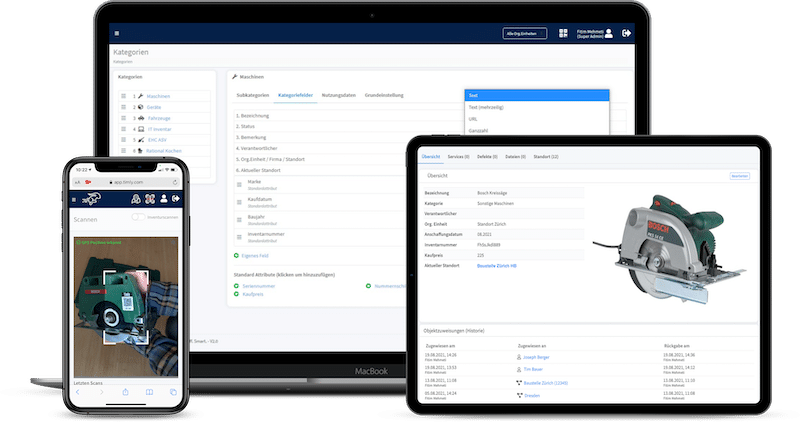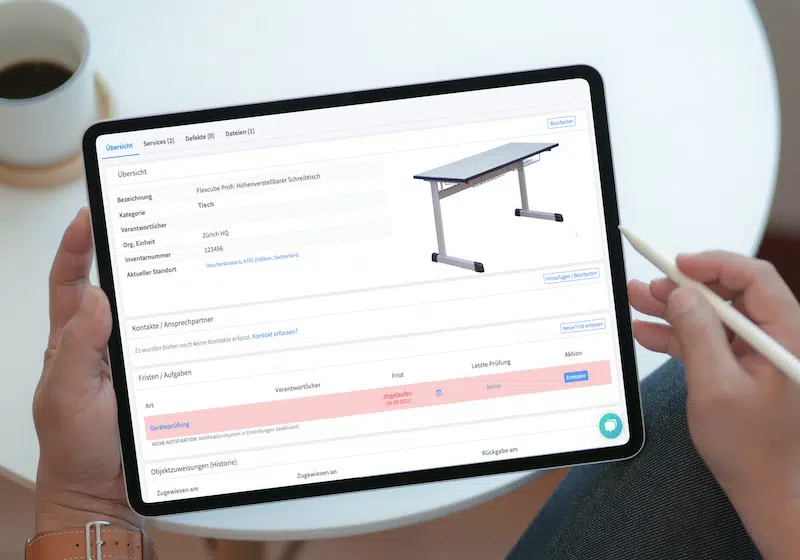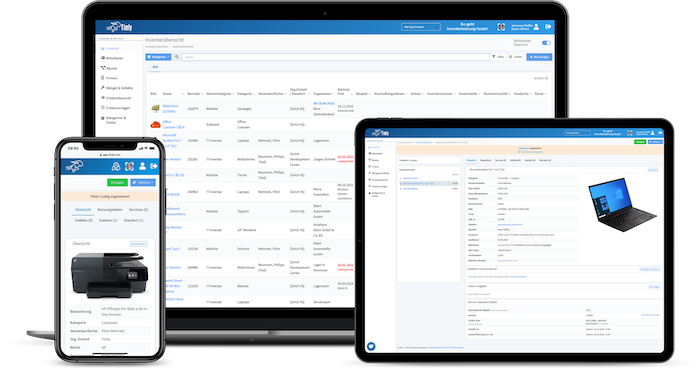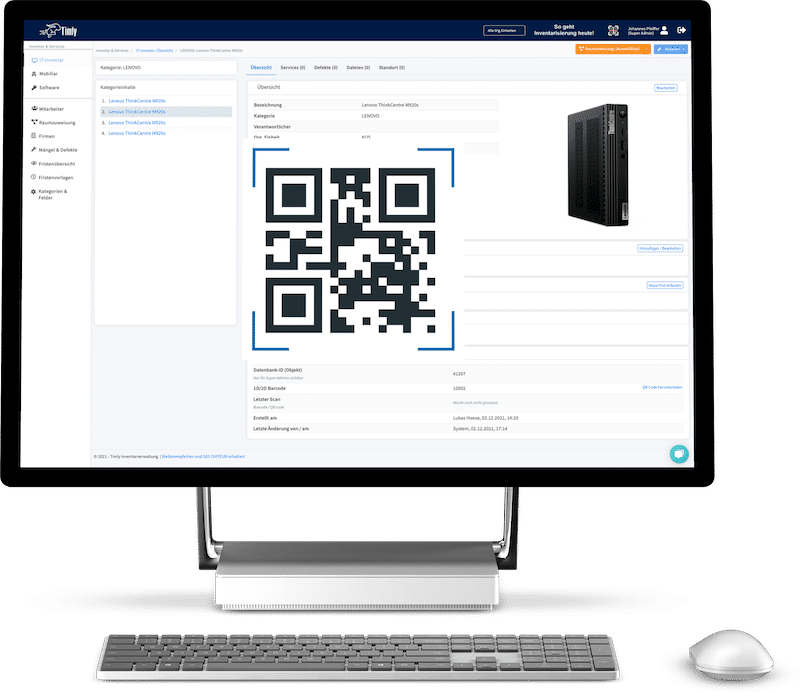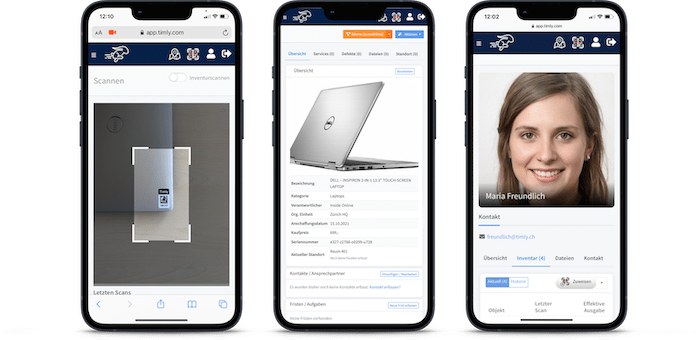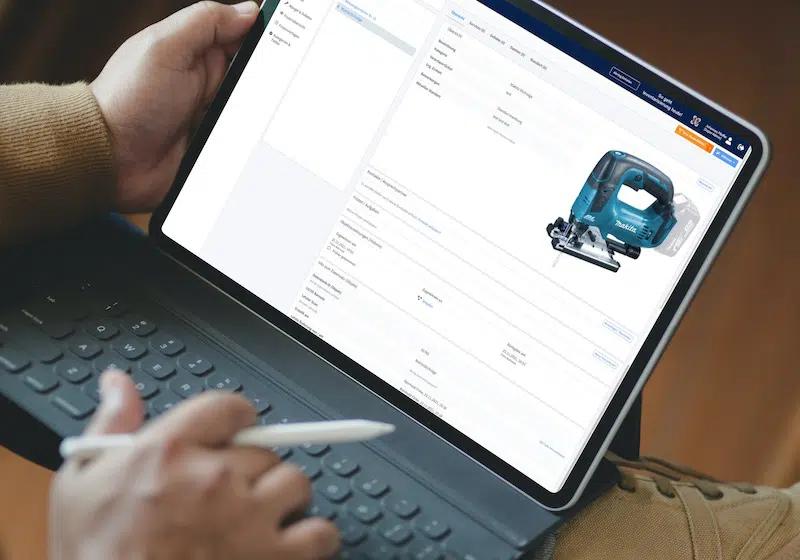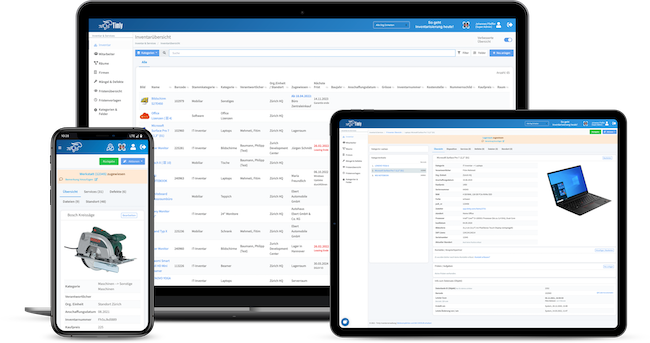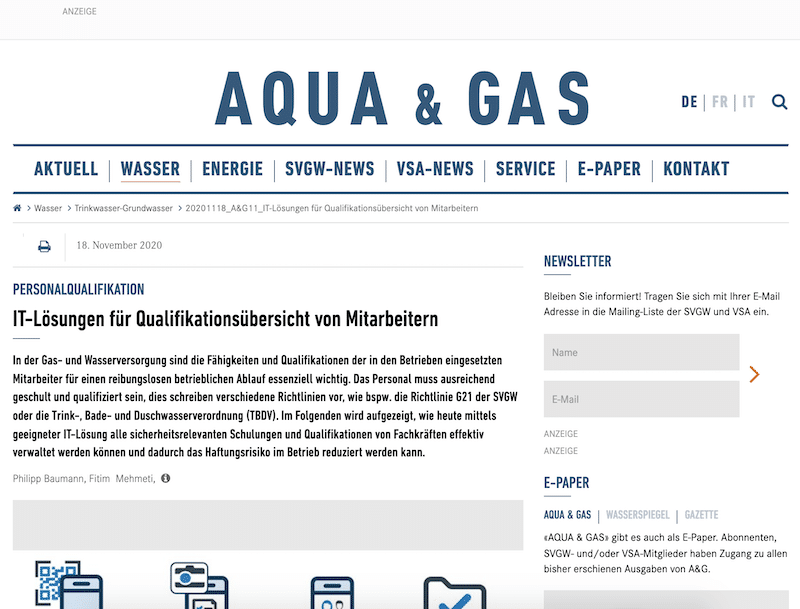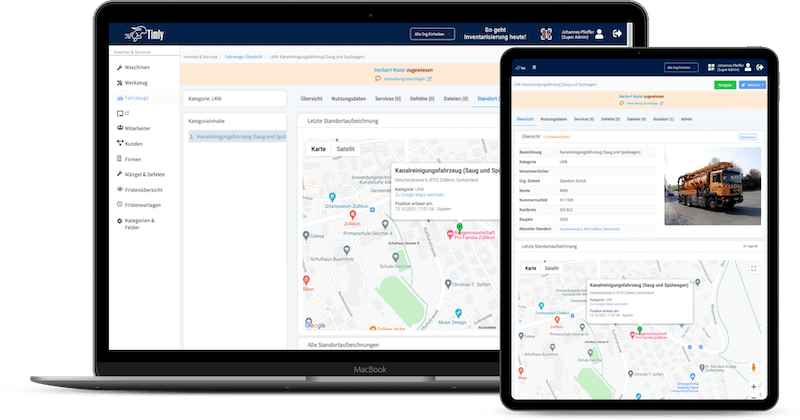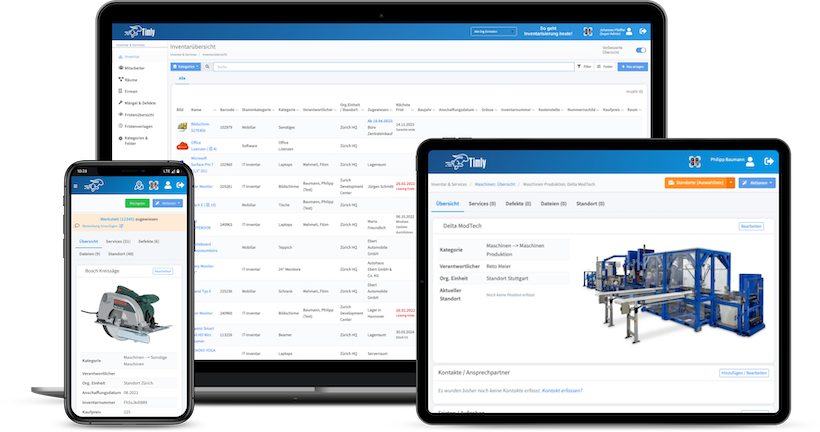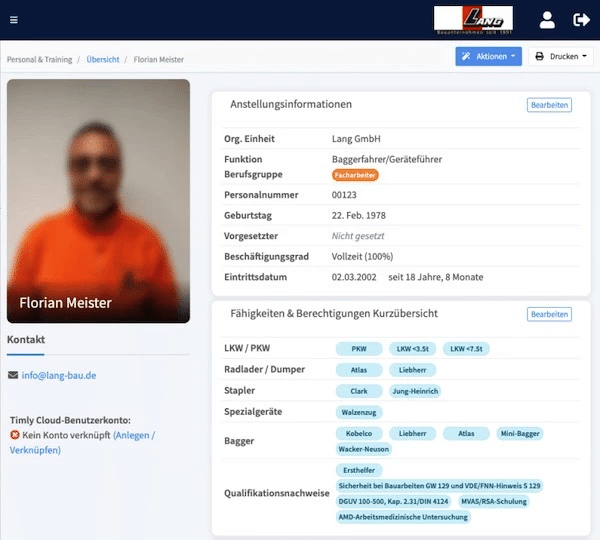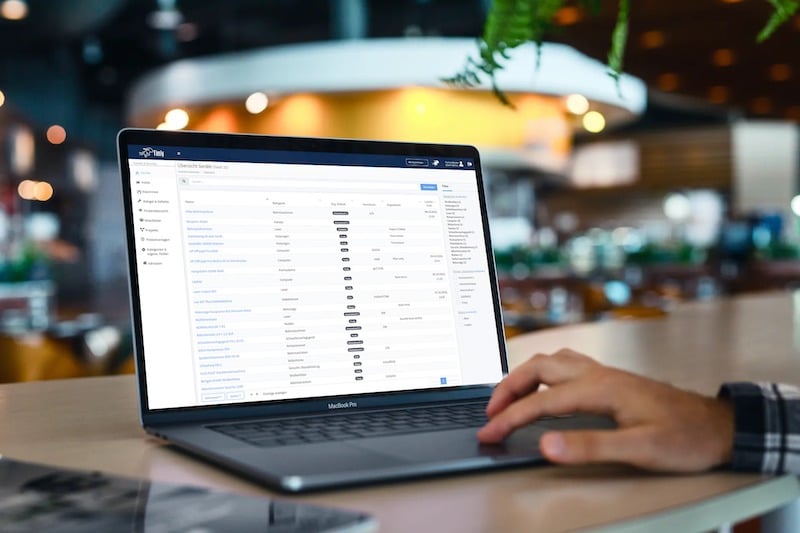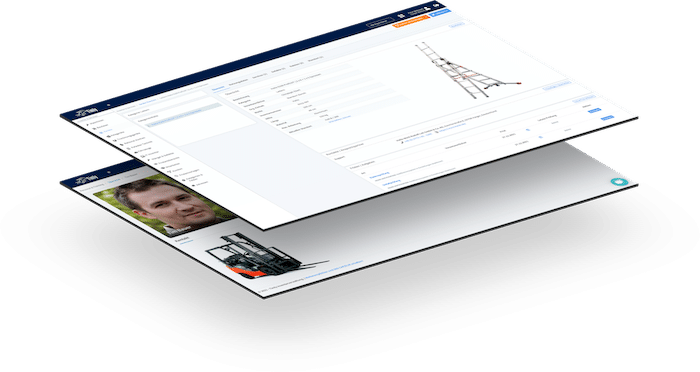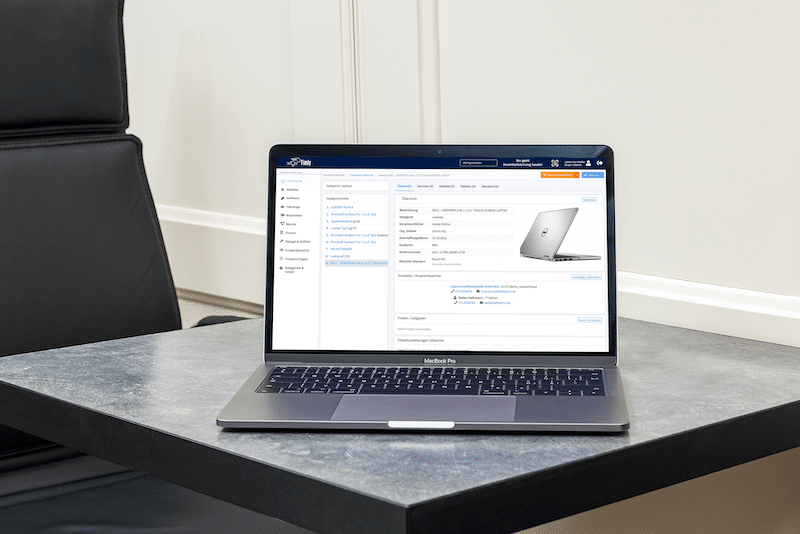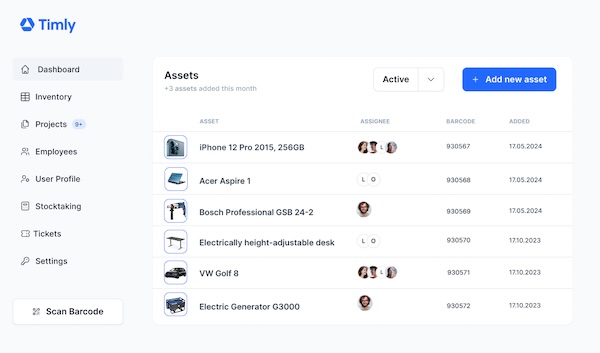
- Inventory management functions aim to optimize stock levels, minimize costs, and improve overall business efficiency.
- Key functions include monitoring inventory levels, ensuring timely order fulfillment, optimizing storage space, and providing accurate data for decision-making.
- Effective techniques include fixed order quantity (FOQ), safety stock management, and just-in-time (JIT) delivery.
- Functions of Inventory Management
- Key Functions of Inventory Management Systems
- What Are the Goals of Inventory Management
- Most Effective Inventory Management Techniques
- What Is the Role of Anticipation Stock in Inventory Management
- What Is Inventory Control and How Does It Function?
- Frequently Asked Questions About Functions of Inventory Management
Functions of Inventory Management
Inventory management is used to view and determine the flow of goods, materials, and assets needed or utilized in business operations. This ranges from when they are purchased to when they are sent to the customer. It ensures that the items are available for production and sales while reducing costs and waste and optimizing storage space.
The functions of inventory management are to:
- Monitor inventory levels. This would allow businesses to identify areas with excess or shortages and the most purchased or needed items.
- Ensure that orders are available in a timely and cost-effective manner.
- Allow for optimization of storage spaces while streamlining operations. This ensures that items are stored and managed in a safe space.
- Allocate items to a designated space, department, or customer, thus ensuring that they are available when needed.
- Provide information for report extraction and analysis, allowing businesses to decide about their stock count, demand, and supply chain needs.
- Provides up-to-date information about physical items while allowing accuracy and reducing discrepancies.
The benefits of using inventory management are to:
- Improve inventory monitoring and tracking.
- Reduce inventory issues such as stockouts, overstocking, and unwanted costs.
- Reduce waste and enhance efficiency.
- Enhance efficiency, which provides better customer satisfaction.
- Reduce labor costs, and inventory is streamlined.
How Do Inventory Management Functions Support Business Efficiency?
Inventory management functions support business efficiency by:
- Ensuring the tracking of inventory levels. This allows updates on stockouts and informs when items are almost out of stock.
- Using historical analysis to gather demand forecasting information and examine trends and patterns.
- Informing when items are in season or in demand for inventory adjustment and calculating the correct amount to prevent unwanted stockouts.
What Are the Drivers of Inventory Management?
- Demand Drivers Focus On:
- Understanding customers’ needs and preferences ensures optimal inventory stocking. This helps companies evaluate the demands, lead times, and service levels needed to meet customers’ needs.
- Monitoring market trends and in-season items will ensure that the inventory is up-to-date as required. This will allow the organization to adapt to changes as and when necessary.
- Supply Chain Requirements:
- Determining lead time from suppliers so that items are restocked on time.
- Identifying things such as stockouts or overstockings so that inventory is optimized.
- Inventory Stock Management:
- Ensuring that items are stocked in time so there is no idle inventory, reducing holding costs, and aging stocks will allow companies to decide on outdated inventory.
Key Functions of Inventory Management Systems
Inventory management systems provide functionality such as:
- Monitoring items and allowing organizations to prevent issues of stockouts and overstocking.
- Integrating with other systems, such as the supply chain, to ensure proper ordering, tracking, and replenishing of stock.
- Providing information on inventory performance, trends, and utilization of items.
- Securing access to inventory management, thus allowing inventory information to be effectively managed.
- Streamlining operations and reducing carrying costs by using machine-learning-based inventory.
Functions of Inventory Management Software
Inventory management functions are to streamline processes, ensure data accuracy, and enable insights for better decision-making. Here are some capabilities of inventory management.
- It Automates Processes Using:
- Barcode inventory system scanning tracks inventory movements while reducing the need to key in information manually.
- The assignments to employees, locations, and faculties allow for easy tracking.
- Automated tasks. These would be checking inventory, scheduling maintenance, and reporting.
- It Improves the Accuracy of Data Through Tracking:
- Real-time updates. This provides asset monitoring, movement, and allocation.
- RFID inventory management. This tracks assets and equipment, thus increasing visibility.
- Information in a central location. This allows information to be easily accessed anywhere and at any time.
- It Ensures Better Decision-Making Via:
- Analytics. This provides current trends and performance through reports.
- Determining when it is time for maintenance and scheduled repairs helps reduce operational downtime.
- Compliance with regulations and industry standards reduces the risk of regulatory issues.
How Do Inventory Management Systems Ensure Operational Excellence?
Inventory management systems allow for operational excellence by streamlining processes, reducing errors, and allowing for collaboration with suppliers. It is done by:
- Tracking inventory levels. It allows updating purchase orders when items are out of stock or stockouts.
- Using a centralized dashboard for orders to be easily managed and tracked. This reduces the amount of paperwork and any duplication of orders.
- Integrating the platform with suppliers allows easy communication for orders, the status of shipments, and inventory.
- Using real-time visibility of inventory levels. This allows stocks to be reordered while reducing overstocking and stockouts.
- Processing digitally to ensure information such as product name, code, amount, and shipping information are recorded.
- Verifying orders with current inventory before they are processed.
- Updating information, such as orders and shipment status, allows visibility and management of timely orders.
- Providing information to suppliers. This would include information such as when an order has been placed, shipped, or updated. This allows the accuracy of information and tracking of the current status of items.
Timly’s inventory management system is designed to streamline operations, reduce costs, and improve efficiency. It also allows organizations to optimize their inventory, which improves decision-making. The system’s robust interface boosts its inventory management capabilities.
What Are the Goals of Inventory Management
The goals of inventory management are aimed at:
- Achieving optimized inventory levels to meet customer demands while minimizing overstocking and stockouts.
- Preventing overstocking or needing to dispose of items reduces the number of ways. It also optimizes storage space, reducing handling costs while improving overall inventory turnover.
- Streamlining processes to allow businesses to reduce costs and increase profits.
Inventory management software features include barcode scanning, vendor-managed inventory, and drop shipping. By utilizing these capabilities, organizations can:
- Improve the visibility of inventory management in supply chain.
- Track and report inventories.
- Optimize inventory levels.
- Streamline operations.
- Increase customer satisfaction.
What Are the Key Aspects of Supplier Relationship Management
The key aspects of supplier relationship management focus on building long-term strategies and relationships. They comprise of:
- Identifying suppliers based on business needs.
- Collaborating with suppliers through planning, exchanging information, and regular updates and communication.
- Defining clear and measurable metrics.
- Ensuring visibility and transparency of prices and availability.
- Identifying and reducing the risk of supply chain issues.
- Utilizing technology to streamline processes and enhance visibility.
These key aspects allow businesses to build strong, long-term relationships and strategies with suppliers. Moreover, they provide timely delivery and high-quality materials to ensure business success and improvement.

Most Effective Inventory Management Techniques
The most effective inventory management techniques would be as follows:
- Fixed order quantity (FOQ) focuses on ordering stocks regularly regardless of demand. FOQ helps to simplify inventory while reducing additional administrative issues. Moreover, it ensures that inventory is kept consistently while reducing stockouts and the risk of overstocking and additional costs.
- Safety stock management provides a buffer to protect against stockouts caused by disruptions in supply, changes in demand, and variations in lead time. Safety stock features allow stock allocation based on previous demand patterns, adjusting according to those patterns and ensuring optimal inventory levels.
- Just-in-time (JIT) delivery allows ordering on demand to meet customer demand. It also reduces inventory holding costs and the risk of stocks becoming obsolete. JIT features allow for ordering based on demand, receiving shipments when needed, and monitoring schedules for optimal inventory levels.
The Timly Software in Use

Optimized Device Management With Innovative Self-Inventory
SodaStream is the world market leader for water sparkling systems for domestic use and has a lot of IT equipment at its various locations. Many colleagues now work from their home offices. A digital solution for the efficient management of IT end devices became necessary...
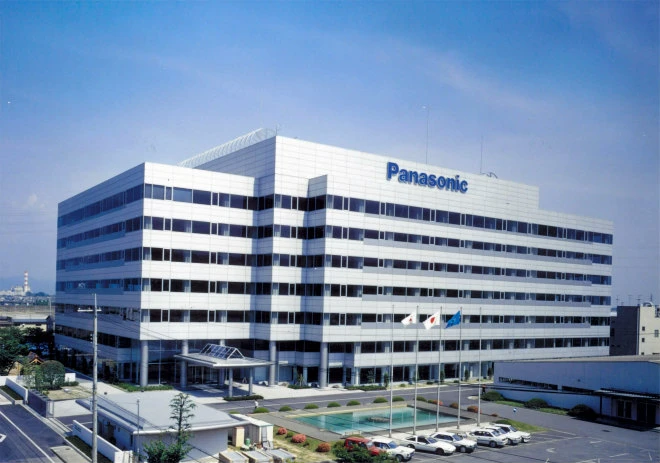
Panasonic x Timly: Driving Technological Innovation
One of the most remarkable aspects of human ingenuity is our ability to innovate. Innovation is embedded in the DNA of consumer electronics giant Panasonic, which has diversified into a number of sectors, from heavy industry to construction...
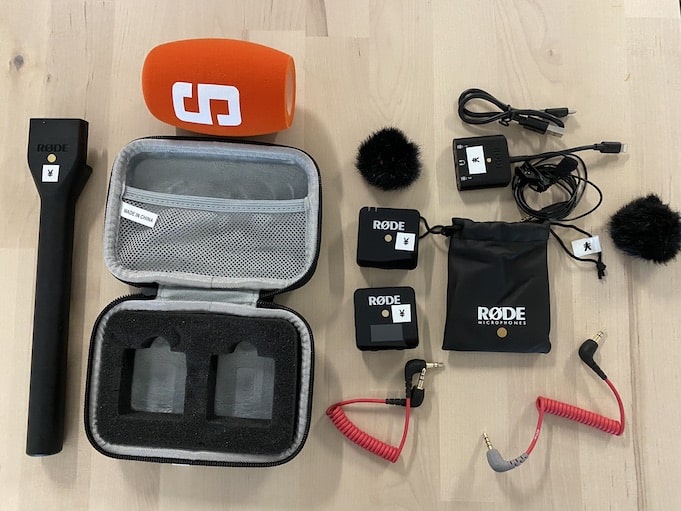
Manage Video Equipment Efficiently Without Much Effort
The Hamburg media company always does outstanding journalistic work and is characterized by independent reporting. In order to maintain journalistic quality, the teams work with highly specialized devices – these need to be managed efficiently...

Smart City Asset Management – Timly in Use at DIGOOH
The core business of DIGOOH Media GmbH in Cologne is to manage digital city light posters (DCLP) for outdoor use in various cities in Germany. The challenge here lies in making the client’s communication message always available at the right time, in the right place...
(No credit card required)
What Is the Role of Anticipation Stock in Inventory Management
The role of anticipation stock in inventory management allows businesses to prepare for the possibility of demand surges and production trends. At the same time, it balances the risk of possible stockouts during peak seasons.
For instance, demand surges allow businesses to stock products before demand increases. This provides enough items to meet customer needs during peak seasons such as the holidays, back-to-school, and summer.
Anticipation stock plays a crucial role in inventory management. It enables businesses to prepare for demand surges and production trends while balancing the risks of stockouts during peak seasons. Anticipation stocks also aid businesses to adjust trends such as:
- Changes in raw material.
- Changes in manufacturing capacity.
- Disruption in the supply chain.
Anticipation stock helps to balance the possibility of stockouts during peak seasons. This is done by:
- Reducing the likelihood of stockouts.
- Preparing for unexpected demands.
- Allowing businesses to respond to quick changes.
It is important to balance anticipation stock levels and the cost of storage. Excess anticipation stock can cause higher carrying costs, inefficient use of warehouse space, and issues with obsolete or expired stocks.
What Is Inventory Control and How Does It Function?
Inventory control is part of the inventory management system. It manages and regulates the flow of goods, tracks and monitors stock levels, and reduces stock loss.
The function of inventory control is to:
- Enable tracking goods such as raw materials, work in progress, and finished goods.
- Reduce inventory shrinking due to thefts and damage. By conducting audits, businesses can ensure that losses are minimized.
- Ensure quality checks. This is important for inventory control because it allows products to be stored and handled properly. They also ensure that goods are checked upon receipt, during storage, and before they are shipped, helping to reduce damage and deterioration.
What Are the Challenges in Inventory Control?
Here are some challenges of inventory control.
- Inaccurate inventory tracking due to missing entries and inconsistent data formats.
- There are no proper procedures to check errors and inventory discrepancies.
- Poor forecasting due to inaccurate inventory records. Moreover, inefficient ordering and inadequate stock levels can affect operations.
- Warehouses may not have the proper space to hold huge volumes of inventory. This can lead to overcrowding, increased risk of damage, and issues with picking and packing items.
- Overstocking can cause high storage costs and a risk of damage.
- Understocking can cause lost sales, delayed sales, and dissatisfied customers.
Frequently Asked Questions About Functions of Inventory Management
What Are the Key Functions of Inventory Management Systems?
Inventory management functions are to monitor inventory levels, ensure orders are available, allow optimization, allocate items, and provide up-to-date reports and information.
How Do Inventory Management Systems Improve Operational Efficiency?
Recommended for you:
Book an online demo - free and without obligation - or create your free trial account directly.






